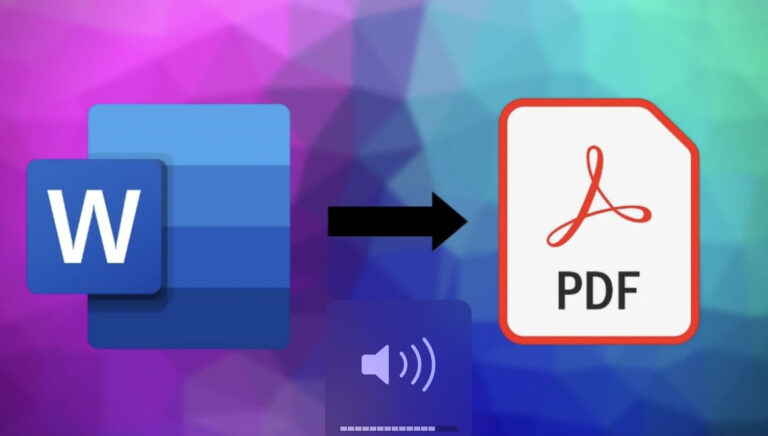A Quick Overview of the 1031 Exchange Timeline

If you have an investment property that you’d like to sell and buy a new one, you may have been told about a 1031 exchange by your investment professional. This type of exchange allows you to smoothly transition your old investment property into a new one without paying a fortune in taxes.
Swapping properties can be a stressful process. Preparing all of the documents can be extremely time-consuming as well.
To prevent you from having to pay thousands of dollars in unnecessary taxes, we have created a 1031 exchange timeline that you must follow.
Read on for some directions.
Sale of Relinquished Property
A 1031 exchange timeline begins with the sale of the relinquished property. This is the first step in the exchange. The sale must be by the 1031 exchange rules. Thus, it must adhere to the timeline and guidelines set forth by the IRS.
The relinquished property is then sold, and the proceeds are held by an independent intermediary, often a qualified 1031 intermediary. During the 1031 exchange timeline, all exchange funds must remain in the qualified intermediary account.
A Closer Look Into the 45-Day Identification Period
During the 45-day Identification period, the investor must identify as many as three “like-kind” replacement properties. These properties must be identified in writing. It should be sent to the intermediary or exchanged, or to both.
The substitute property must be determined within 45 days from the date of sale of the original property. It can also be on the first date of the tax return’s filing deadline, whichever comes first. Furthermore, the total cost of the replacement property must be equal to or greater than the cost of the original property.
A Closer Look Into the 180-Day Exchange Period
During the 180-day exchange period, the taxpayer must enter into an Exchange Agreement with a qualified intermediary within 180 days. After this, the taxpayer must sell and purchase the replacement properties by the end of the 180 days.
Finally, the taxpayer must arrange the 1031 Exchange funds to complete the exchange. Complying with the 180-day timeline is essential. This is because failure to do so may result in the taxpayer having to pay stiff penalties and taxes.
Purchase and Completion
The closing of the transactional purchase must happen within 180 days of the 1031 exchange. All exchange value ends up exchanging hands, and reports are made to the taxpayer regarding profits and loss.
It also includes the closing of the taxpayer’s exchange. All of these need to be completed within the allocated time frame to defer capital gains tax.
All the reports must be completed, submitted, and signed to have a successful exchange. The exchange process takes time and can be tedious. However, it can ultimately be very beneficial if done correctly.
Get Educated on the 1031 Exchange Timeline
The 1031 Exchange timeline is an important aspect of investors looking to embark on this type of transaction. Understanding these specific steps and deadlines allows for a successful 1031 Exchange.
If you are looking to get started, contact an experienced 1031 Exchange professional to understand your investment and timeline.
For more articles aside from the 1031 exchange process, visit our blog. You can find more helpful categories.




